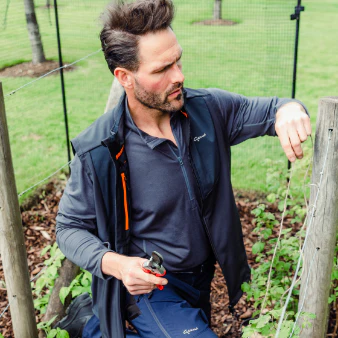Exceptional trees -The Fortingall Yew

Quietly thriving in the churchyard of Fortingall village in Perthshire, Scotland is the U.K.’s oldest yew tree. The Fortingall Yew has witnessed thousands of years of human history, with experts generally agreeing it's around 5,000 years old. The true age however is hard to ascertain and estimates have ranged wildly from 2,000 to 9,000 years.
When first documented in 1769, it boasted an impressive girth of 52 feet. Today, the tree looks quite different. Its massive trunk has naturally split into several stems, creating the illusion of multiple smaller trees. This splitting, along with the loss of its central heartwood rings, makes precise dating a challenge but the tree remains healthy and could survive for centuries to come.
The yew's significance runs deep within local history. The surrounding area features various prehistoric sites, including the Bronze Age tumulus ‘Carn na Marbh’, suggesting the tree might have been a focal point for religious practices during the Iron Age. When Christianity arrived in the region the already mature yew was incorporated into the ground that the new faith took over. Local myth even has it that Pontius Pilate was born underneath the tree.
Conservation efforts have been ongoing since 1785 when a protective wall was built around the tree and recently there have been some concerns about the impact of increasing tourism on the tree's well-being. Modern initiatives include the Yew Conservation Hedge Project at the Royal Botanic Gardens in Edinburgh, where clippings from this ancient specimen are helping to preserve genetic material.
In 2015, the tree made headlines when scientists discovered something fascinating – a small branch had changed sex, producing berries on what was previously an entirely male tree. Yew trees are dioecious, having separate male and female trees so this change is rare though isn’t unheard of in yew, particularly under environmental stress.











